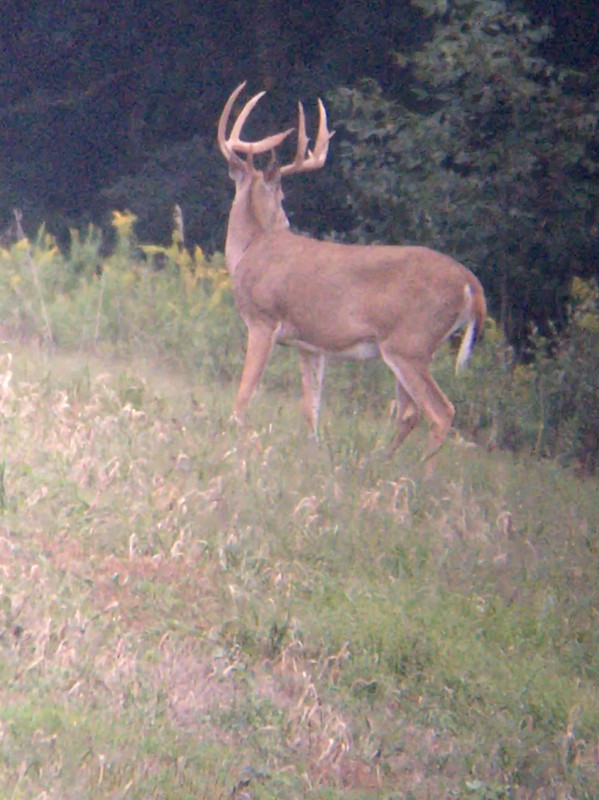DaHunter wrote:PK_ wrote:If you ever have a chance to hunt rutting bucks in wide open terrain you need to do it. You will learn so much from watching a buck cruise for miles at a time. How he does it, how he uses the wind to find does. How they loop around their bed. How they stand for 15 minutes waiting for the thermals to switch before going into a bed or other destination. It is really awesome to have their full circuit exposed for you to see. Generally in a wooded setting especially from a treestand you are just seeing a tiny snapshot of their movements and can really draw some false conclusions.
Snow tracking is another eye opening endeavor.
PK - Can you please expand on your rut movement observations? What do you see with movement patterns based on wind direction? Cross wind or quartering winds? How close to bedding thickets? Right on the edge, inside it, or a ways away? Thanks
No problem.
But I need to clarify what I said there about bucks using wind, I meant in specific locations when they are looking for does or checking for danger at a destination. Overall i don’t believe bucks pay much if any attention to wind direction as far as where they are going to go and how they are going to get there. When a buck wants to cover ground he will take the shortest/easiest route with few exceptions. Mature bucks seem to place a very high priority on being efficient.
However mature bucks are certainly using the wind to their advantage in key areas. If you walk through the woods dropping milkweed constantly in some terrains you will notice you can cover a lot of ground and continuously have the milkweed going to the same area, on multiple wind directions. Those areas, ‘wind funnels’ as I call them is where a mature buck is likely to be or to travel thru. The same is true for spots where rising or falling thermals gather (search thermal hub). Bucks rely on these terrain features that funnel wind and thermals much more than they do on the actual wind direction.
A lot of guys talk about bucks cruising downwind of doe bedding, which does happen when the conditions are right. But many times I see them cutting in front of the doe bedding(search parallel trail) and ground scent checking all those doe trails. Or they will dive right thru the heart of the bedding if there isn’t a good spot to scent check it downwind or a good way to run a parallel trail. It depends on the bedding area, terrain and current conditions that will dictate which strategy works better for the buck.
But as far as where or how far the buck will scent check a bed or feed area or whatever from, it all depends on the terrain and how the wind moves thru that spot.
There is a lot to unpack here without writing a book, and it all is so situational. Also I am continuously observing and learning from year to year so I am not trying to come across as if I have it all figured out. It’s hard to just say specifically what a buck is going to do in situation x, y or z. That’s why in my post I mentioned taking the opportunity to hunt or observe bucks in open terrain or go track them in the snow. It will be well worth the time invested.




